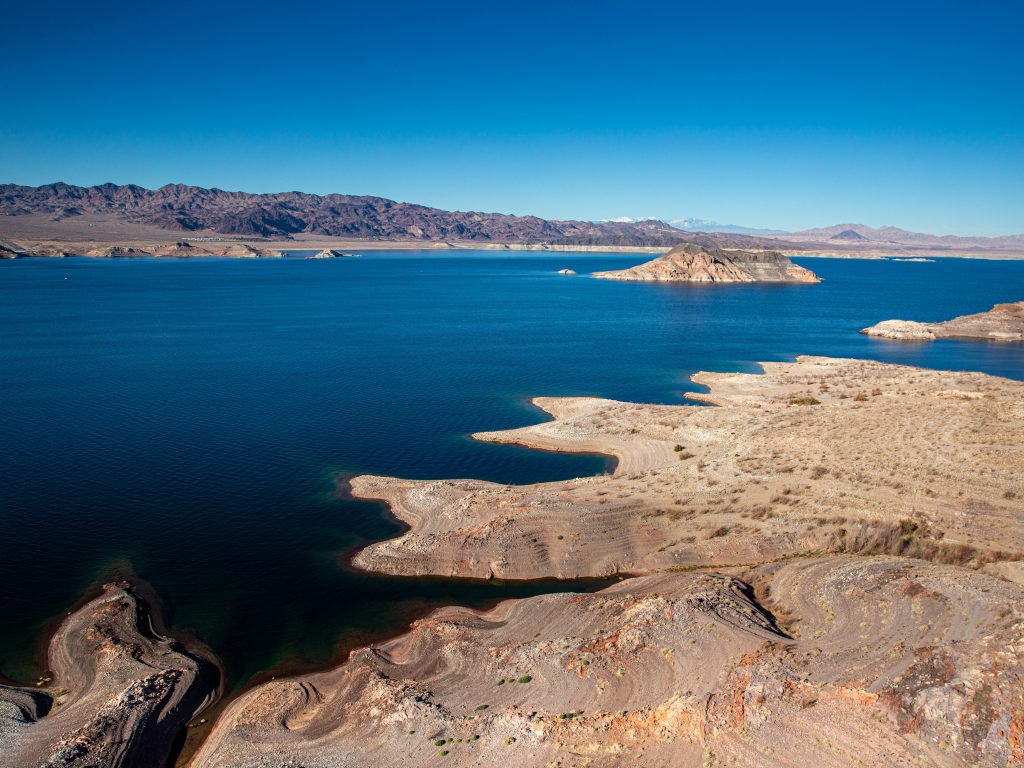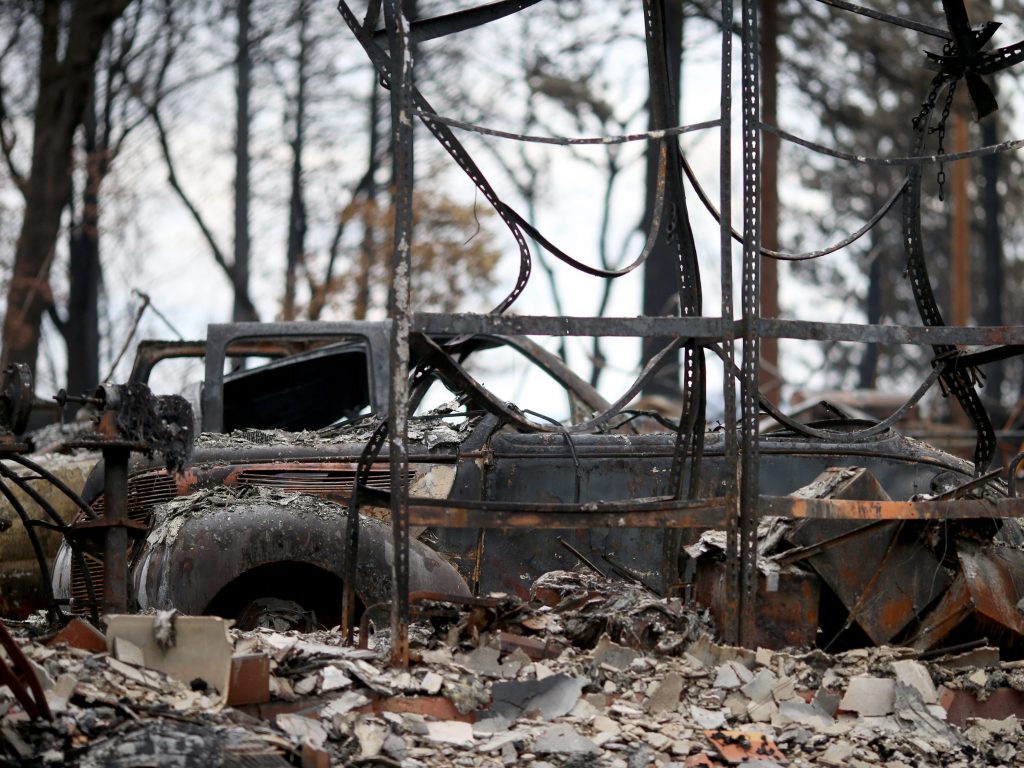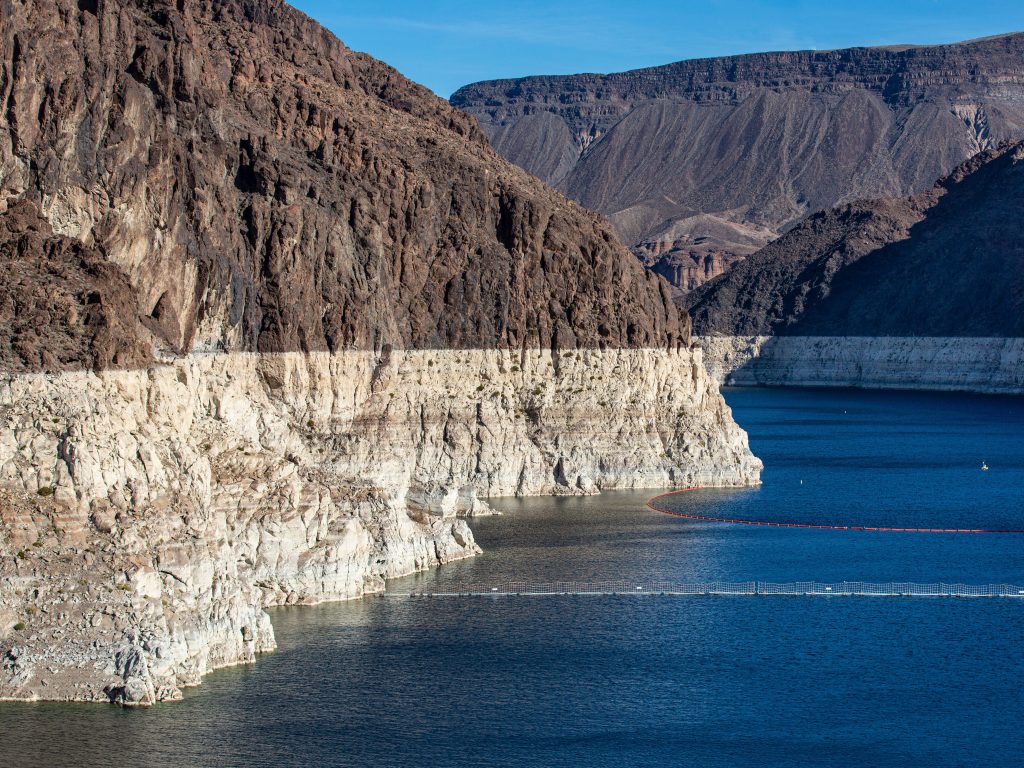- Passersby discovered human remains, likely from the 70s or 80s, in a rusty barrel near Lake Mead's shoreline on Sunday.
- Forensic anthropologists say they expect to recover more human remains due to receding water and ice.
- Wildfires and sea-level rise put forensic anthropologists on the front lines of climate change.
A changing climate is revealing decades-old items once submerged in lakes or buried in glaciers, including human remains. For forensic anthropologists, who are tasked with retrieving them, a warming world may mean more discoveries unveiled by receding water and ice. It also means recovering victims of climate change.
On Sunday afternoon, boaters made a grim discovery along the shoreline of Nevada's Lake Mead: human remains inside a rusty barrel. More bodies could turn up, given that water levels have receded to historic lows amid a climate change-fueled drought, according to Jennifer Byrnes, a forensic anthropologist working with the Clark County coroner's office on the case. "I would expect human remains of missing persons will probably be revealed over time, as the water level continues to recede," Byrnes told Insider.
Lake Mead is one of the country's largest water reservoirs, providing water to some 25 million people. But water levels at Lake Mead have plunged 150 feet since 2000. According to the Southern Nevada Water Authority, the water level dropped to 1,055 feet above sea level last week, the lowest level since 1937.

Las Vegas police said on Tuesday they believed the skeletal remains were of a homicide victim who died of a gunshot wound, the Las Vegas Review-Journal reported. Though the victim's identity is still unknown, they were wearing clothes and shoes that dated back to the 1970s. "The barrel was likely dropped hundreds of yards off the shore back then," Lieutenant Ray Spencer from the Las Vegas police told CNN, adding, "That area is now considered the shoreline." According to CBS Las Vegas affiliate KLAS-TV, the location would have been dozens of feet underwater by the 1980s. The Las Vegas Metropolitan Police Department did not immediately respond to Insider's request for comment.
This is not the first time human remains have emerged due to changing climate, Eric Bartelink, a forensic anthropologist at California State University's Chico Human Identification Lab, told Insider. In 2016, his team recovered remains in Folsom Lake, near Sacramento, California. "The lake had receded so much that it was almost what would've been the middle of the lake," Bartelink told Insider. Bartelink and his team were ultimately able to identify the skeletal remains as a man from Russia who had gone missing in the 1990s.
"For us, it's really just potentially more opportunities to find missing persons and more likelihood that certain cases are going to be discovered," he said, adding, "It's just going to reveal more things that were in water that you normally wouldn't have access to very easily."
Byrnes told Insider that melting glaciers due to warmer average global temperatures are also unveiling previously lost relics and remains. She pointed to work done in the last decade by Hawaii-based Joint POW/MIA Accounting Command to recover the remains of 52 service members who died when their military transport plane crashed into an Alaska mountain in 1952.
"As the glacier melts and the glacier moves, more material comes up to the surface," Gregory Berg, the forensic anthropologist who led the team that examined the remains that emerged from the retreating glaciers, told reporters at a news briefing in 2013.
On the front lines of California's wildfires
But rising temperatures, intensifying droughts, wildfires, hurricanes, and other extreme weather events can mean additional fatalities, and ultimately more calls to forensic anthropologists to recover remains under hazardous conditions.
Bartelink's team was responsible for recovering wildfire victims from blazes like the 2018 Camp Fire in Paradise, California, and the Bear Fire in 2020 — really, victims of climate change. "This is sort of a newer challenge for us," Bartelink said, adding, "Climate change is exacerbating fire conditions and causing wildfires of unprecedented proportions in the state of California."
He estimates they've recovered more than 120 victims after these massive wildfires. Once the remains were removed from the smoke-filled site, his team examined and identified them. That meant witnessing considerable loss, Bartelink explained, but there were also moments of hope, like when his team found survivors in homes that weren't damaged by the fire.

Ancestral remains in Hawaii, which are traditionally buried along the shore, are under threat from rising sea levels and beach erosion, Byrne told Insider. "Encroaching seas are eroding those burials out and human remains are going to continue to be exposed," she said. In that way, washed-away shorelines are threatening sacred and culturally significant sites.
Beyond climate change's effect on casework, there are personal challenges to grapple with. Forensic anthropologists in the field are contending with the logistics of a warmer world. In Nevada, where Byrnes works, work sites tend to be hot: "That puts a mental stress on you to make sure you're taking care of yourself while you're trying to go through the process of documenting a site."
